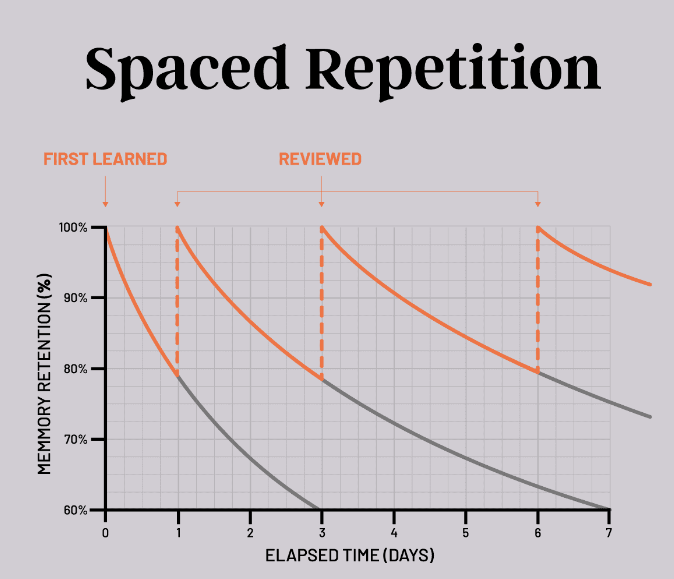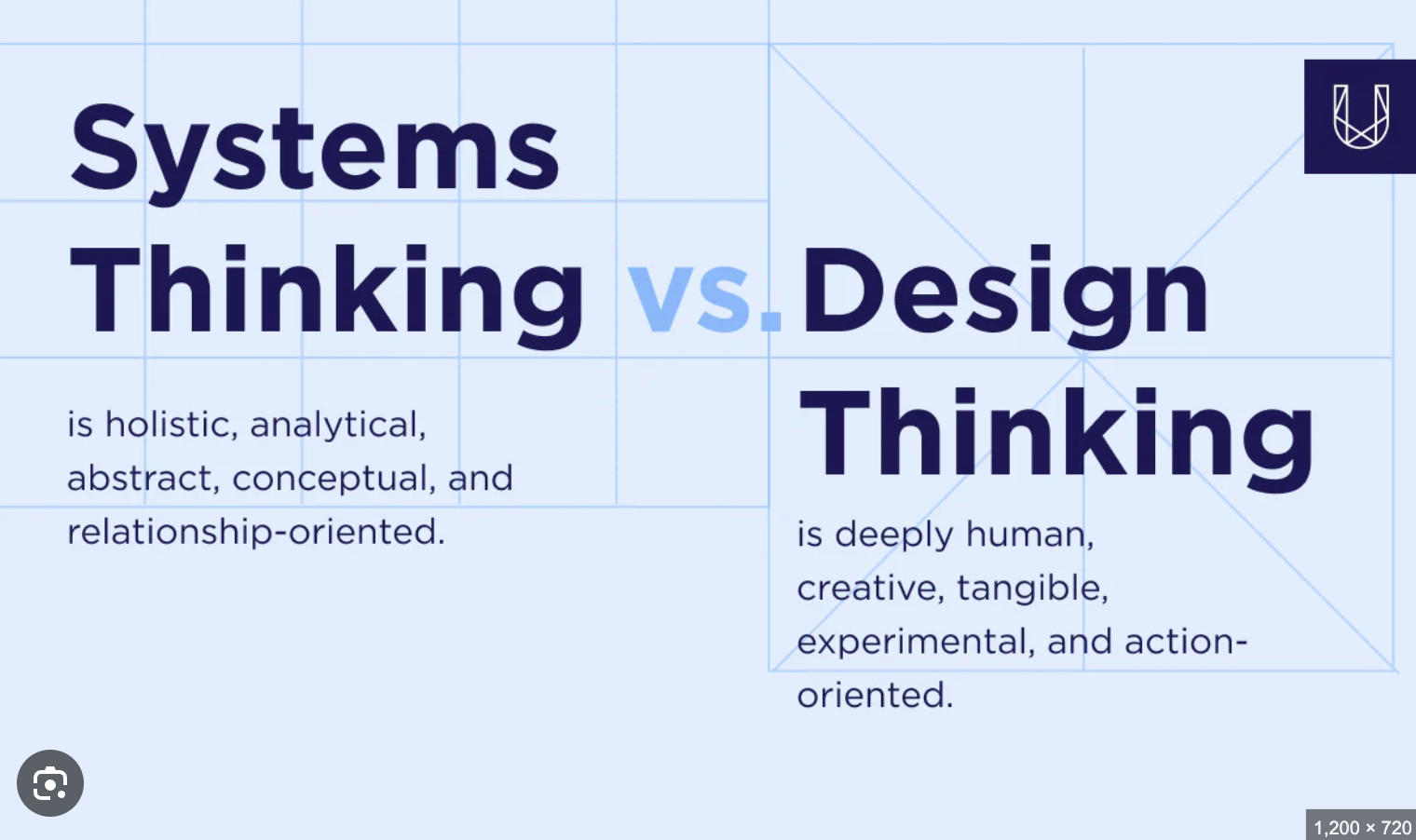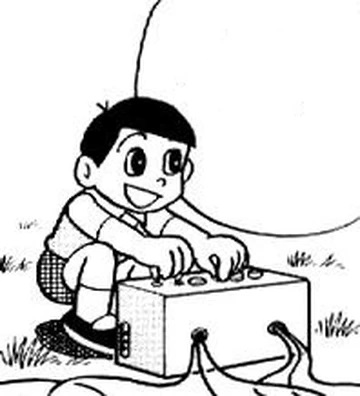Lặp lại ngắt quãng - Spaced Repetition
Tue, 27 Aug 2024

Follow the stories of academics and their research expeditions

Think Big, Solve Smart: Why You Need Both Systems Thinking & Design Thinking (and How Ihabital Can Help)
Imagine trying to solve a puzzle with only half the pieces. You might get a glimpse of the picture, but you'll miss the full beauty and complexity. This is similar to approaching problems with only one type of thinking. Systems thinking and design thinking are like two complementary lenses that offer a complete view. Together, they can revolutionize how you understand challenges, create solutions, and drive innovation.
Systems Thinking: Seeing the Big Picture
Systems thinking is like zooming out to see the whole puzzle. It helps us understand how different parts of a system interact and influence each other. It's about recognizing patterns, feedback loops, and the underlying structures that drive behavior.
Why Systems Thinking Matters:
Design Thinking: Human-Centered Solutions
If systems thinking is about understanding the big picture, design thinking is about zooming in on the human experience. It's a creative problem-solving process that puts people at the center of the solution.
Why Design Thinking Matters:
Why You Need Both
Systems thinking without design thinking can lead to solutions that are technically sound but don't address the human needs or desires. Design thinking without systems thinking can result in solutions that work well in isolation but don't consider the broader context or potential unintended consequences.
By combining both approaches, you get the best of both worlds:
Ihabital: Your Thinking Toolkit
Ihabital recognizes the importance of both systems thinking and design thinking. That's why we offer a comprehensive "Thinking Bundle" that includes:
Conclusion
In a world that's becoming increasingly complex, systems thinking and design thinking are essential skills for anyone who wants to make a meaningful impact. By combining these two approaches, you can tackle challenges with a holistic perspective, create innovative solutions, and drive positive change.
With Ihabital's "Thinking Bundle," you have the tools and support you need to develop these valuable skills and become a more effective problem solver and innovator. So why wait? Start your journey today and unlock the full potential of your mind
Tue, 27 Aug 2024

Tue, 27 Aug 2024

Mon, 26 Aug 2024

Leave a comment